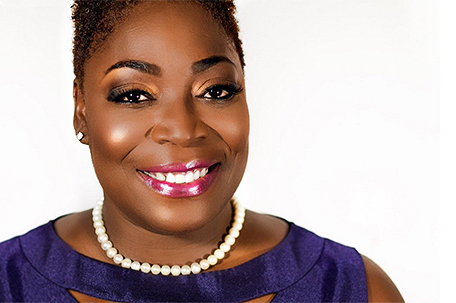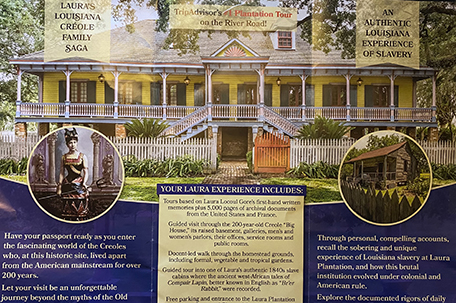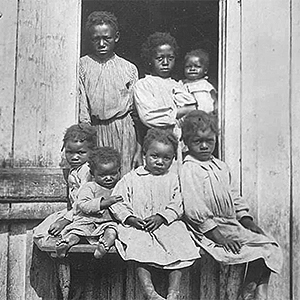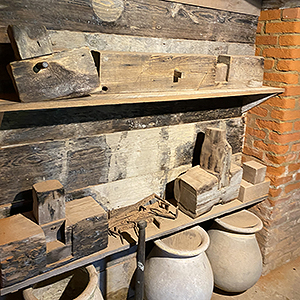

On April 10, I made a journey to the Laura Plantation in Louisiana. It was one that I may not soon forget.
Nestled on River Road in Vacherie, Louisiana, the Laura Plantation is ranked by TripAdvisor as having the number one plantation tour on River Road and the best history tour in the United States by Lonely Planet.

During the tour, I learned that Laura’s great grandparents, Guillaume Duparc and Nanette Prud’homme Duparc, ran for their lives, as they were Creole mixed with French and and settled in Louisiana.

To increase their wealth, they decided that they should own slaves and run a sugar plantation.
By the time the story ends, we learned that these Creoles owned up to 400 slaves, even as the United States Census only counted 175 for taxpaying purposes, because Black people were considered 3/5 of a human being back in the 1800s.
We learned that the plantation owners bought slaves that were master builders from Senegal who built the entire plantation home — the kitchen and everything in between — without a single nail or a screw. That house stands today in great condition hundreds of years later.
Laura’s uncles left the plantation with no heirs after their children died and lost their rights to inherit the land.

Guillaume Duparc died three years after buying the property, so Nanette — who strongly resembled a Native American — began ruling over the slaves with an iron fist, as she was irritated with being left to run a plantation when what she really wanted was to move to a château in France.
Their eldest son left the plantation after his only child died and moved to the French Quarter to live.
The middle son had no children and therefore had no heirs or rights, so the plantation then went to Elisabeth, their youngest daughter, who had three children of her own.
It was Elisabeth’s only son — who was thought to be gay — that eventually married in his 40s to a woman who was Black, Native American, and white. Laura was born to them, along with two boys.

The two boys never had children, so the plantation was bequeathed solely to Laura, who did not want it once she realized her station in life benefited from being a plantation owner, and she did not like what was happening to the slaves. She eventually sold the plantation.
Laura lived to be over 100 years old, and went from being the owner of slaves, to witnessing the Civil Rights Movement before she died.
The most intriguing thing I learned on the tour while being in a slave cabin was that until the late 1970s, four families from the descendants of the original slaves brought to that plantation continued to live on the property in the slave quarters until the United States government forced them to leave.
They could not fathom living anywhere else but on the plantation. We were told that they live only a few miles away to this day.

Laura Plantation has a guided tour and they continue to recreate the events based on what they find through data research. The back half of the plantation has a thriving sugarcane industry that was sold to another corporation.
You will see pictures from that tour, and it is one I will not soon forget, because never in my wildest dreams would I imagine that people of color would purchase and own other people of color.

















Leave a Comment